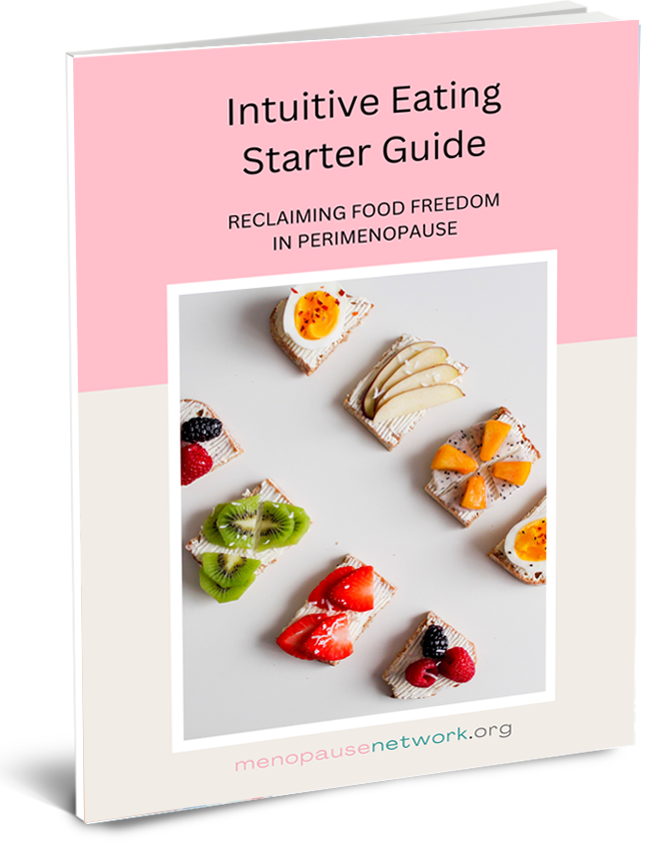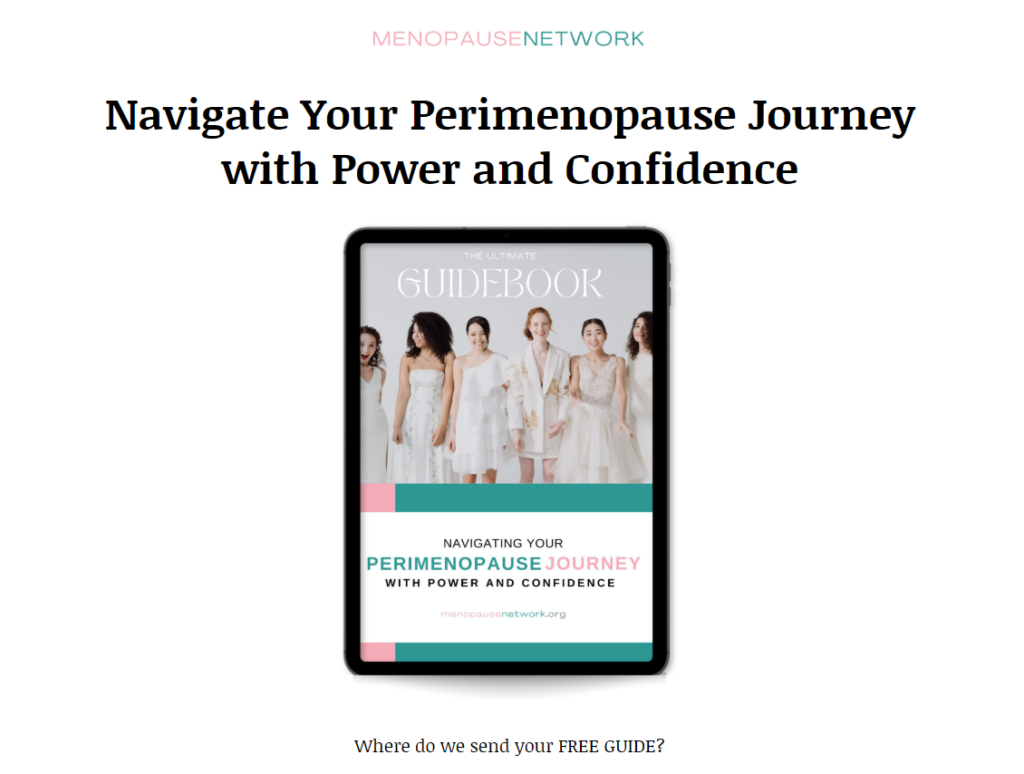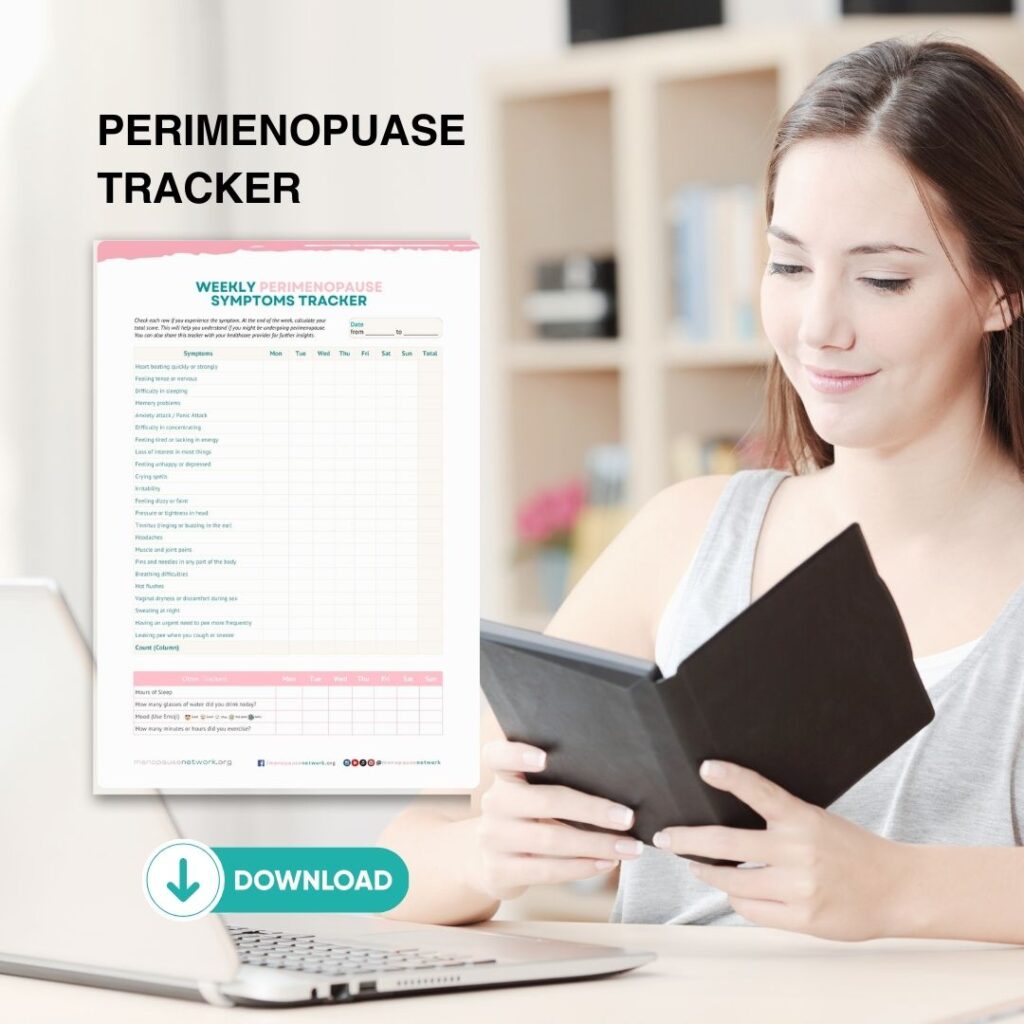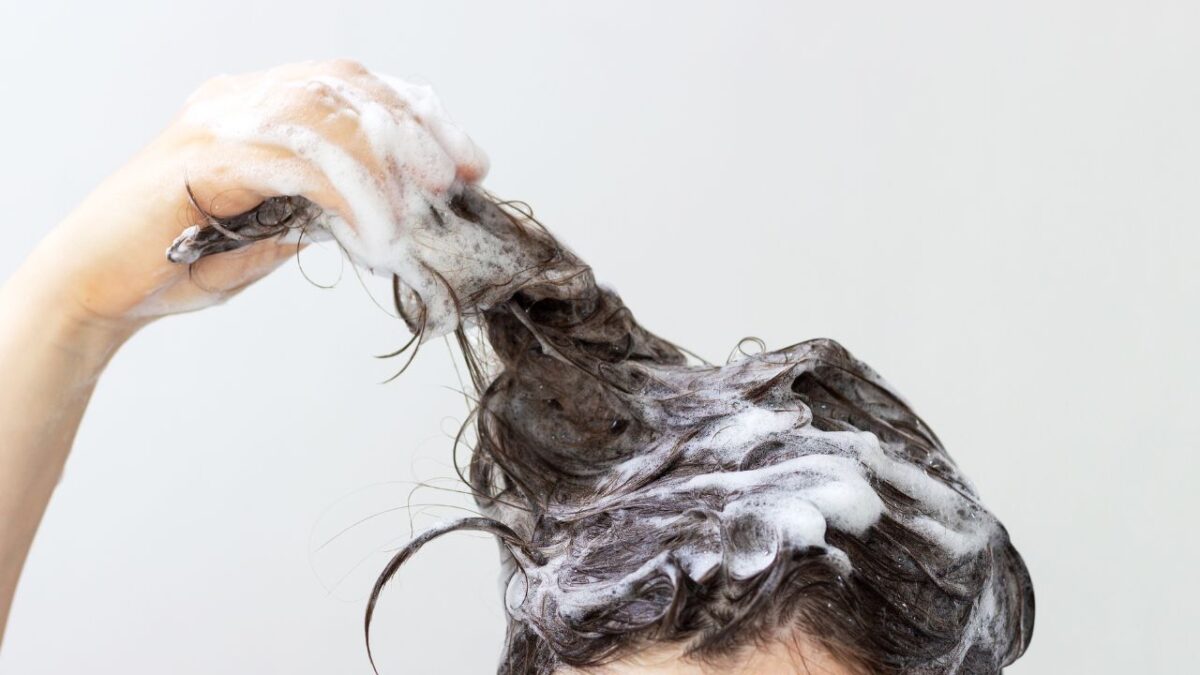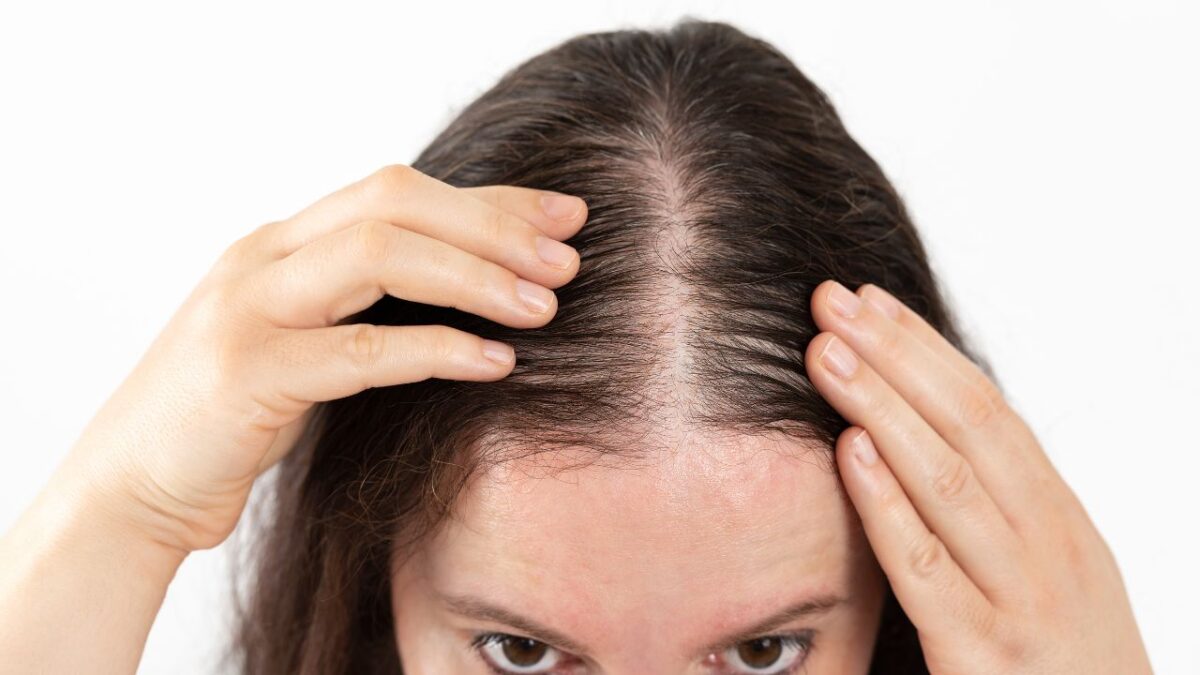Take Control: Become Your Own Health Advocate in Perimenopause!
Let me be clear: navigating perimenopause isn’t just about managing hot flashes and mood swings. It’s about reclaiming your power. For too long, women have been told to accept feeling foggy, tired, anxious, or dismissed when they bring these concerns to their doctor. I’m here to tell you: that ends now.
Being your own health advocate is no longer optional—it’s essential. If you’re in your 30s, 40s, or early 50s and something feels off, don’t wait for validation. This is your moment to speak up, ask questions, and demand the care you deserve. Here’s how to do it.
Why Advocacy Matters More Than Ever in Perimenopause
Perimenopause affects over 2 million women in the U.S. alone every year—yet it’s still wildly underdiagnosed and misunderstood. According to The Menopause Society, most healthcare providers receive minimal training on menopause and perimenopause in medical school. That lack of education has real consequences: your symptoms might be dismissed, misdiagnosed, or worse, ignored.
Advocacy isn’t about confrontation. It’s about collaboration. When you take an active role in your care, studies show you’re more likely to receive appropriate treatment and experience better health outcomes.
Prepare Like a Pro for Your Appointments
Going to your doctor shouldn’t feel like preparing for battle, but let’s be honest—sometimes it does. Here’s how to get the most from your visit:
- Track your symptoms: Keep a journal or app documenting changes in sleep, mood, cycle, libido, weight, and energy. Bring that data.
- Prioritize your top concerns: Choose your top 3 symptoms or questions to focus the conversation.
- State your goals: Whether you want to explore natural solutions, hormone therapy, or lifestyle changes, be upfront.
- Know your history: Come prepared with your family medical history and past hormone-related experiences.
And remember: it’s okay to say, “I’d like to explore other options. Can you walk me through them?”
Ask the Right Questions
Don’t leave your appointment feeling more confused than when you arrived. Ask clear, direct questions that demand real answers. Here’s how—and why it matters:
A great example comes from Halle Berry. At age 54, after experiencing painful intercourse, her doctor misdiagnosed her with herpes—calling it “the worst case he’d ever seen.” Both she and her partner tested negative. Only later did she realize vaginal dryness—a common perimenopausal symptom—was the real cause. That experience sparked her powerful advocacy for menopause awareness. (EW)
And it doesn’t stop there. Even Oprah Winfrey shared that her perimenopausal symptoms, including heart palpitations and intense brain fog, left her terrified she had a serious cardiac condition or early dementia. Her doctor didn’t initially connect the dots. It wasn’t until a chance conversation with a menopause specialist that she finally got the right diagnosis and support. (Allure)
That’s exactly why you need to come prepared. These are the questions I recommend:
- Could my symptoms be related to perimenopause?
- What tests do you recommend to evaluate my hormone health?
- Are there effective non-hormonal treatments I should explore?
- What are the pros and cons of hormone therapy given my personal history?
- How often should we monitor hormone levels during this transition?
- What lifestyle changes or integrative options might support me?
- Can you refer me to a certified menopause or perimenopause specialist if needed?
If your provider seems rushed, dismissive, or unsure, that’s your cue to explore a second opinion.
Don’t Ignore Red Flags
You are not “too young.”
You are not “just stressed.”
You are not “imagining it.”
Dismissive comments like these are classic signs of medical gaslighting. If your provider minimizes your concerns or tells you to “wait it out,” it’s time to pivot.
According to the 2024 Kaiser Family Foundation (KFF) Women’s Health Survey, 29% of women reported that their concerns were dismissed, and 38% experienced at least one negative interaction with a provider, including being disbelieved or blamed. These experiences are linked with delayed care and worse health outcomes. Your doctor should be your partner—not your gatekeeper.
Normalize Getting a Second Opinion
Here’s a secret many women don’t hear enough: getting a second opinion is smart, not disrespectful. It means you’re invested in your health. Especially with something as nuanced as perimenopause, you deserve comprehensive care.
Use directories like The Menopause Society (formerly NAMS) to find certified menopause practitioners. Ask friends or local women’s health groups for referrals. And don’t be afraid to vet your provider’s knowledge.
You Deserve More Than a 10-Minute Visit
If your provider isn’t taking the time to listen, educate, and collaborate with you, that’s not real care. You deserve:
- Longer appointment windows
- Follow-up care and lab review
- Shared decision-making
- Respect for your preferences, whether natural or pharmaceutical
When a provider takes the time to explore why you’re experiencing symptoms rather than just writing a prescription, everything changes. That’s root-cause medicine. That’s what you deserve.
Bonus: Download Your Free Healthcare Advocacy Worksheet
Ready to lead your next doctor visit with clarity and confidence? Download my Healthcare Advocacy Worksheet. It helps you:
- Log your most important symptoms
- Clarify your health goals
- List smart questions for your provider
- Decide when to seek a second opinion
Download the Worksheet Now
This is your body, your experience, and your future.
Perimenopause doesn’t get to sideline your power. You do not have to feel lost, dismissed, or out of control. You get to own this transition—and transform it into a time of renewed strength, clarity, and vitality.
You’re not just going through perimenopause. You’re stepping into your authority.
Please remember: This information is for educational purposes only and is not intended to replace professional medical advice, diagnosis, or treatment. Always consult with your healthcare provider before making any changes to your health routine, especially if you have existing health conditions or are taking medications. What works for one person may not work for another, and your individual health needs are unique to you.
References
Wegrzynowicz, A. K., Walls, A. C., Godfrey, M., & Beckley, A. (2025). Insights into Perimenopause: A Survey of Perceptions, Opinions on Treatment, and Potential Approaches. Women (Basel, Switzerland), 5(1), 4. https://doi.org/10.3390/women5010004
Berry, H. (2024, May 1). Halle Berry says doctor misdiagnosed her perimenopause symptoms as herpes. Entertainment Weekly. https://ew.com/halle-berry-doctor-misdiagnosed-perimenopause-herpes-8620647
Winfrey, O. (2024, March 15). Oprah shares her misdiagnosis journey through perimenopause. Allure. https://www.allure.com/story/oprah-winfrey-menopause-symptoms
The Menopause Society. (n.d.). Choosing a healthcare practitioner. https://menopause.org/patient-education/choosing-a-healthcare-practitioner
Kaiser Family Foundation. (2024). A closer look at negative interactions experienced by women in health settings: Findings from the 2024 women’s health survey. KFF. https://www.kff.org/womens-health-policy/a-closer-look-at-negative-interactions-experienced-by-women-in-health-settings-findings-from-the-2024-womens-health-survey/







